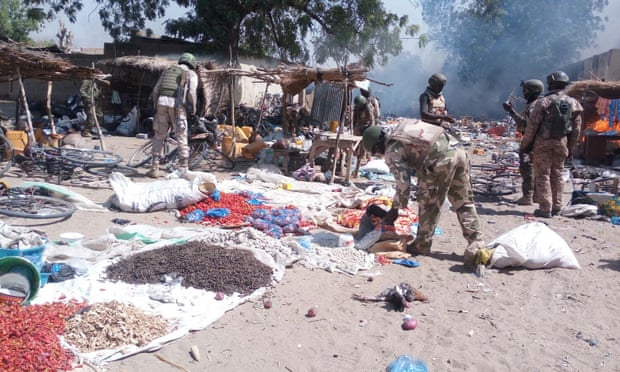By Christine Khamis
Impunity Watch Reporter, Asia
A Tibetan monk named Kalsang Wangdu set himself on fire in China’s Sichuan Province this week as an act of protest against Chinese rule. Mr. Kalsang was only 18 years old. This was the first act of self-immolation to take place in China since August.
Mr. Kalsang set himself on fire outside of his monastery on Monday, which is located in Kardze Prefecture, a common site for protests against China’s rule. Free Tibet, an organization that campaigns for Tibet’s freedom from China, reports that Mr. Kalsang called for Tibet’s independence while burning himself. Onlookers poured water on Mr. Kalsang, but he later died while on the way to a hospital.
Tibetans living in the Kardze region are known for their sense of Tibetan identity and for their frequent protests against China’s rule. News from the region is hard to obtain, and local law enforcement in the area are instructed to stay quiet about acts of self-immolation.
The Chinese government has consistently cracked down on the Tibetans since its invasion of Tibet in 1950. During uprisings beginning in March 1959, the Dalai Lama fled from China to India. Every year since then, Chinese authorities fears protests among Tibetans to commemorate the March anniversary of the uprising.
For decades, Tibetans have resisted China’s rule. Over 140 Tibetans have protested by self-immolation since 2009. During 2009, Tibetan uprisings gained intensity, with protestors calling for freedom and the return of the exiled Dalai Lama. Most of them have been monks like Mr. Kalsang, but other individuals have also committed acts of self-immolation.
A Tibetan woman was detained on Tuesday for walking around with a portrait of the Dalai Lama. China has banned images of the Dalai Lama, who it blames for Tibetan’s protests and self-immolations, throughout the country. The Dalai Lama has stated that he is against all forms of violence.
For more information, please see:
The New York Times – Protesting Chinese Rule, Tibetan Monk Dies After Setting Himself Ablaze – 3 March 2016
Radio Free Asia – Tibetan Monk Burns to Death in Kardze Protest – 3 March 2016
Time – Tibetan Monk in China Said to Self-Immolate in Independence Protest – 3 March 2016
South China Morning Post – Tibetan Monk Calls Out for Independence, Sets Himself on Fire in Western China to Protest Beijing’s Rule: Report – 2 March 2016
